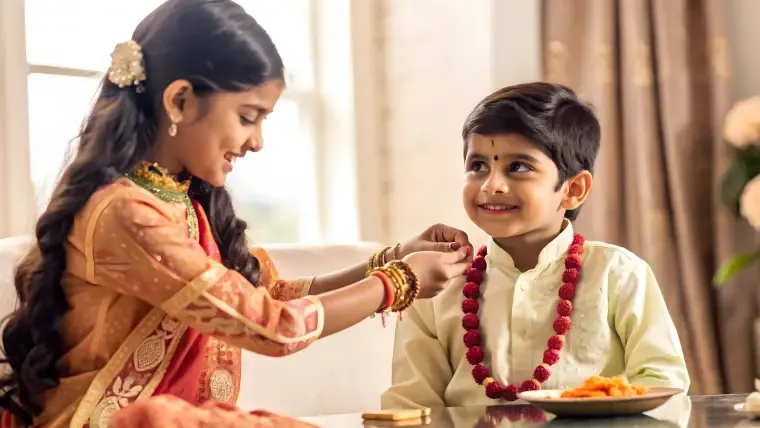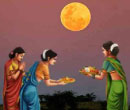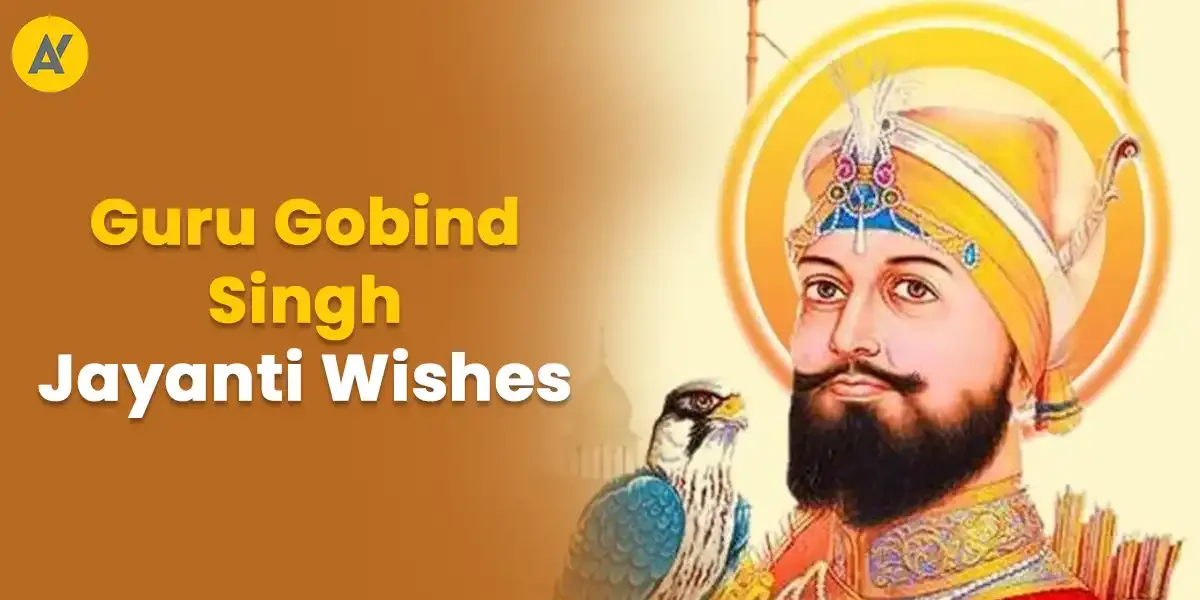
Monday, December 1, 2025 Paksha:Shukla Tithi:Ekadashi
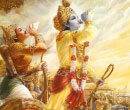
Monday, December 1, 2025 Paksha:Shukla Tithi:Ekadashi
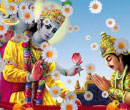
Monday, December 1, 2025 Paksha:Shukla Tithi:Ekadashi
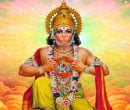
Wednesday, December 3, 2025 Paksha:Shukla Tithi:Trayodashi
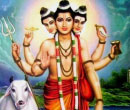
Thursday, December 4, 2025 Paksha:Shukla Tithi:Purnima
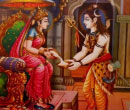
Thursday, December 4, 2025 Paksha:Shukla Tithi:Purnima
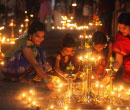
Thursday, December 4, 2025 Paksha:Shukla Tithi:Purnima
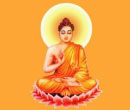
Friday, December 5, 2025 Paksha:Krishna Tithi:Prathama
Bhai Dooj marks the beautiful bond between brothers and sisters and is celebrated right after Diwali. Every year, it falls on the second day of Shukla Paksha in the month of Kartik, as per the lunar calendar. In 2026, Bhai Dooj will be celebrated on 11th November, according to the Gregorian calendar.
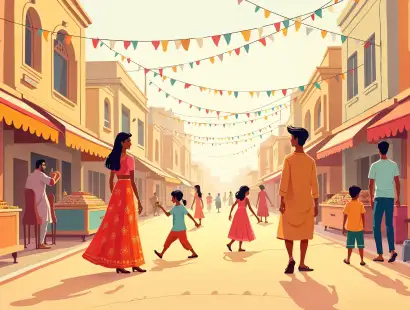


Duration - 02 Hours 13 Mins
Dwitiya Tithi Begins - 02:00 PM on Nov 10, 2026
Dwitiya Tithi Ends - 03:53 PM on Nov 11, 2026
Pooja Vidhi and Its Significance
Bhai Dooj Festival Puja Vidhi
The puja vidhi for Bhai Dooj is quite simple and resembles that of Raksha Bandhan, as both occasions honor the sibling bond. Here are the steps to perform the puja on this auspicious day:
Wake up early in the morning and take a bath.
Wear new clothes for the occasion.
During the auspicious muhurat of the day, offer prayers to the Gods.
Perform the tilak ceremony by applying roli and akshat on your brother's forehead.
Light a diya in the south direction of the house.
Tie a kalava (sacred thread) on your brother's right wrist and pour water on his hand while chanting mantras.
In some regions, sisters place kaddu (pumpkin) flowers, along with betel nuts and leaves, in their brother's palm.
After the tilak ceremony, sisters put some coins in their brother's hand.
Offer delicious sweets prepared for the festival to your brother.
Brothers treat their sisters with gifts on this day.
Perform the aarti of your brother and seek his promise of protection.
Some women create garlands from cotton and roli to offer to the Gods, seeking their protection for themselves and their families.
Astrological Significance of Bhai Dooj
Astrologically, Bhai Dooj coincides with Chitragupta Jayanti, celebrated on the second day of the Shukla Paksha (waxing phase of the moon) in the month of Kartik. Worshipping Lord Chitragupta on this day is believed to grant devotees his blessings, as he records everyone's actions and determines who receives absolution or Nirvana from the cycle of life and death.
Rituals Associated with Bhai Dooj Festival
The celebrations for Bhai Dooj are filled with excitement, reminiscent of Raksha Bandhan. While many rituals are similar, there are slight differences:
Unlike Raksha Bandhan, sisters do not tie a rakhi on their brother's wrist. However, brothers do vow to protect their sisters.
In Nepal, seven colors are used during the Tilak ceremony.
In West Bengal, sandalwood paste and kajal are used for the tilak.
In Haryana and Maharashtra, sisters without brothers worship the moon on this auspicious day.
Kheerni poori or Busundi poori is a popular delicacy made in Maharashtra for this occasion.
Khaja, a sweet made from wheat flour and sugar, is especially popular in West Bengal during this festival.
Regional Names Associated with Bhai Dooj
While Bhai Dooj is celebrated across India, it is known by different names in various regions, each celebrating the bond between brothers and sisters:
Bhai Dooj - Northern India
Bhau Teej - Maharashtra
Bhai Bij - Gujarat
Bhatru Dwitiya - Odisha and Southern India
Bhav Bij - Goa and Konkan regions
Bhai Phota - Assam and West Bengal
Bhai Tikka - Nepal
Legend Associated with Bhai Dooj
The festival has its roots in a Puranic tale involving Yama (the God of death) and his sister Yamuna. Overwhelmed by his responsibilities, Yama failed to visit Yamuna for an extended period. Longing to see him, Yama visited her unannounced on Dwitiya Tithi. Delighted, Yamuna welcomed him with a tilak and a garland. In return, Yama granted her a boon: she requested that he spare the lives of brothers on this day. Since then, this day has been celebrated as Yama Dwitiya. It is believed that taking a dip in the holy waters of Yamuna on this day brings blessings from Yama.
On Bhai Dooj, brothers promise to protect their sisters, while sisters earnestly pray for their brothers' longevity. Ultimately, this festival embodies the love and affection shared between siblings, making it a special occasion for all.
To know about the auspicious muhurat of this day, connect with Astroyogi astrologers right away!
Festival List
- Nag Panchami
- Raksha Bandhan
- Janmashtami
- Ganesh Chaturthi
- Onam
- Pitru Paksha
- Shardiya Navratri
- Durga Puja
- Dussehra
- Karwa Chauth
- Dhanteras
- Diwali
- Govardhan Puja
- Bhai Dooj
- Chhath Puja
- Tulsi Vivah
- Guru Nanak Jayanti
- Christmas
- New year
- Lohri
- Pongal
- Makar Sankranti
- Vasant Panchami
- Shivratri
- Ramadan
- Holi
- Good Friday
- Navratri
- Gudi Padwa
- Ugadi
- Vaisakhi
- Ram Navami
- Mahavir Jayanti
- Hanuman Jayanati
- Buddha Purnima
- Akshay Tritiya
- Shani Jayanti
- Guru Purnima
- Hariyali Teej

